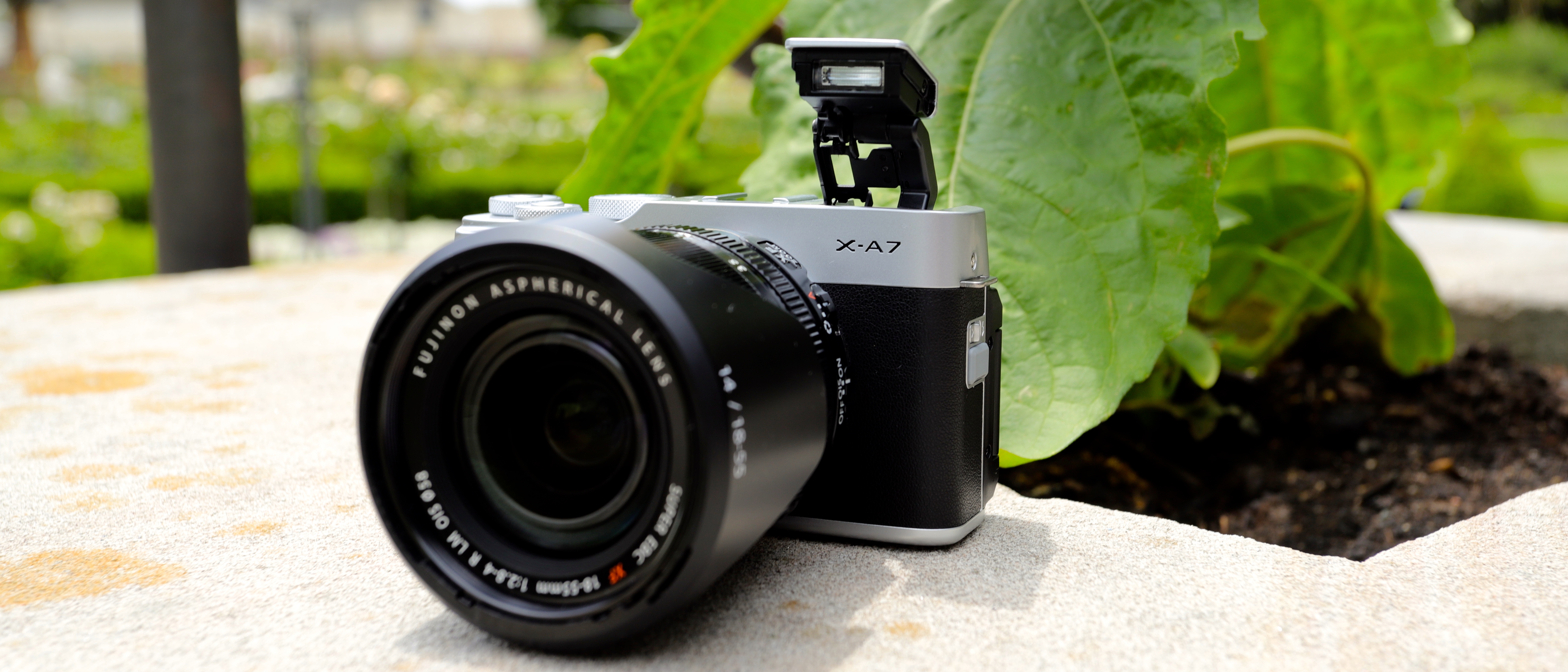Why you can trust TechRadar
Build and handling
- Lightweight and compact
- New Smart Menu feature
- Multifunction joystick
Despite the addition of a larger rear LCD, the X-A7 is about 40g lighter than its predecessor. It’s a compact system, even with the 18-55mm lens that we used during our testing. And, in addition to the articulating screen, makes for a great selfie camera that can accompany you on your travels.
However, the camera isn’t very comfortable to hold over long durations. The grip isn’t deep at all, while the thumb rest on the back is too small and snug against the larger screen. Not only will you need to contend with thumbprints on the top right corner of the screen, you’ll also get smudges on the display from the heel of your palm when gripping the camera between shots. There’s a rather stylish brown leather strap that ships with the camera and we highly recommend you use it.
The large screen has also meant that the control button setup on the X-A7 is different as compared to the earlier model. Instead of the nine on the X-A5, there are now only four, with the bin and playback on the top of the screen, and the menu and exit buttons on the bottom right corner.
The thoughtful addition of the joystick makes it easy to not only find the focus point you want, but also helps in navigating through the menu system. That said, the location of the joystick is awkward – out of the reach of the thumb – making it particularly difficult to shoot single-handed.
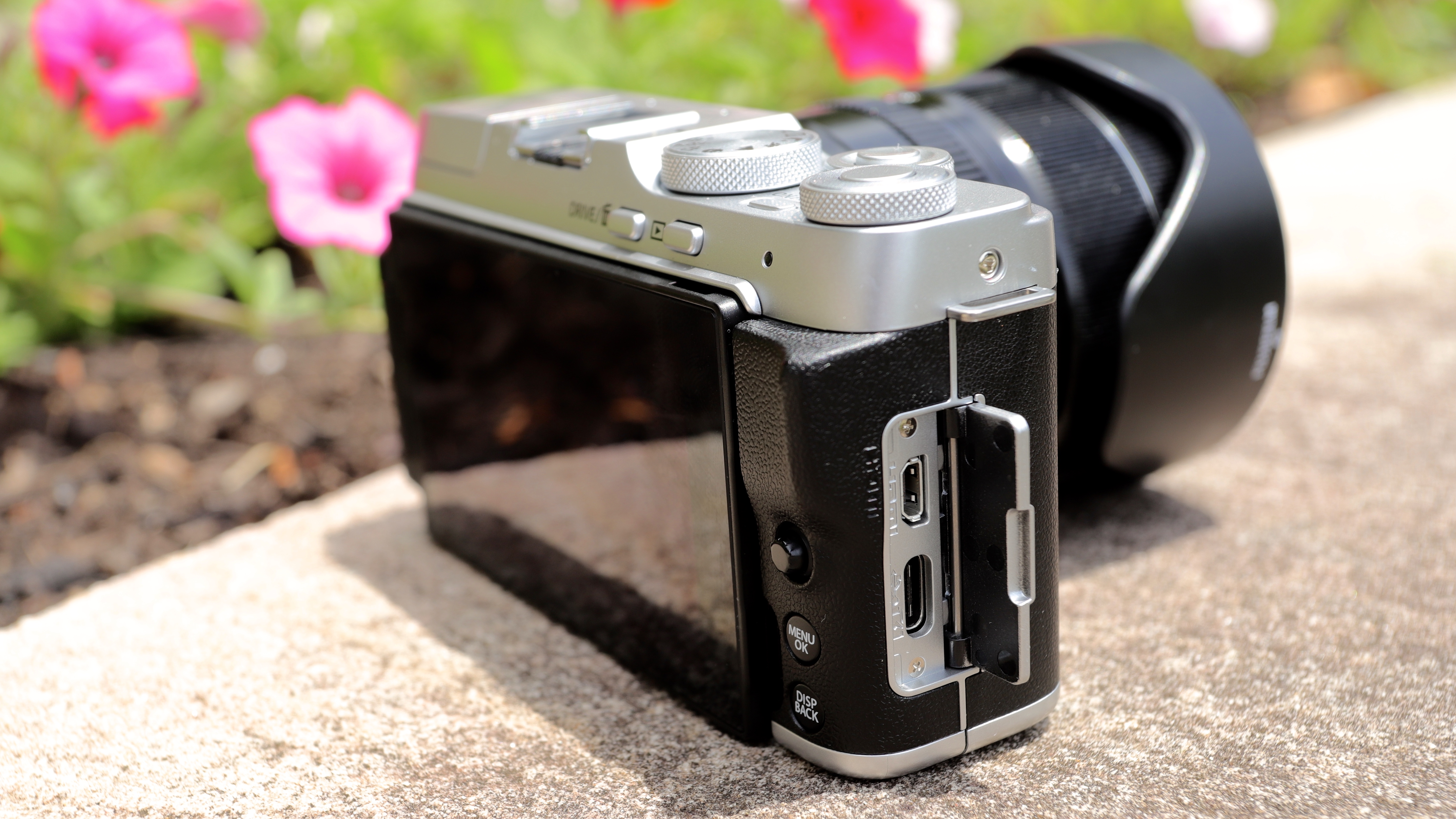
Physical niggles aside, the X-A7’s menu has been given a user-friendly refresh. A new Smart Menu feature has been added to help users unfamiliar with camera settings to find their way around, like changing aperture and exposure or choosing one of the several Film Simulation modes on board. However, something as basic as the ISO setting is a little difficult to reach, with this particular option hidden within the Q (or ‘quick’) menu that you will find only when you tap on the left arrow shown on-screen.
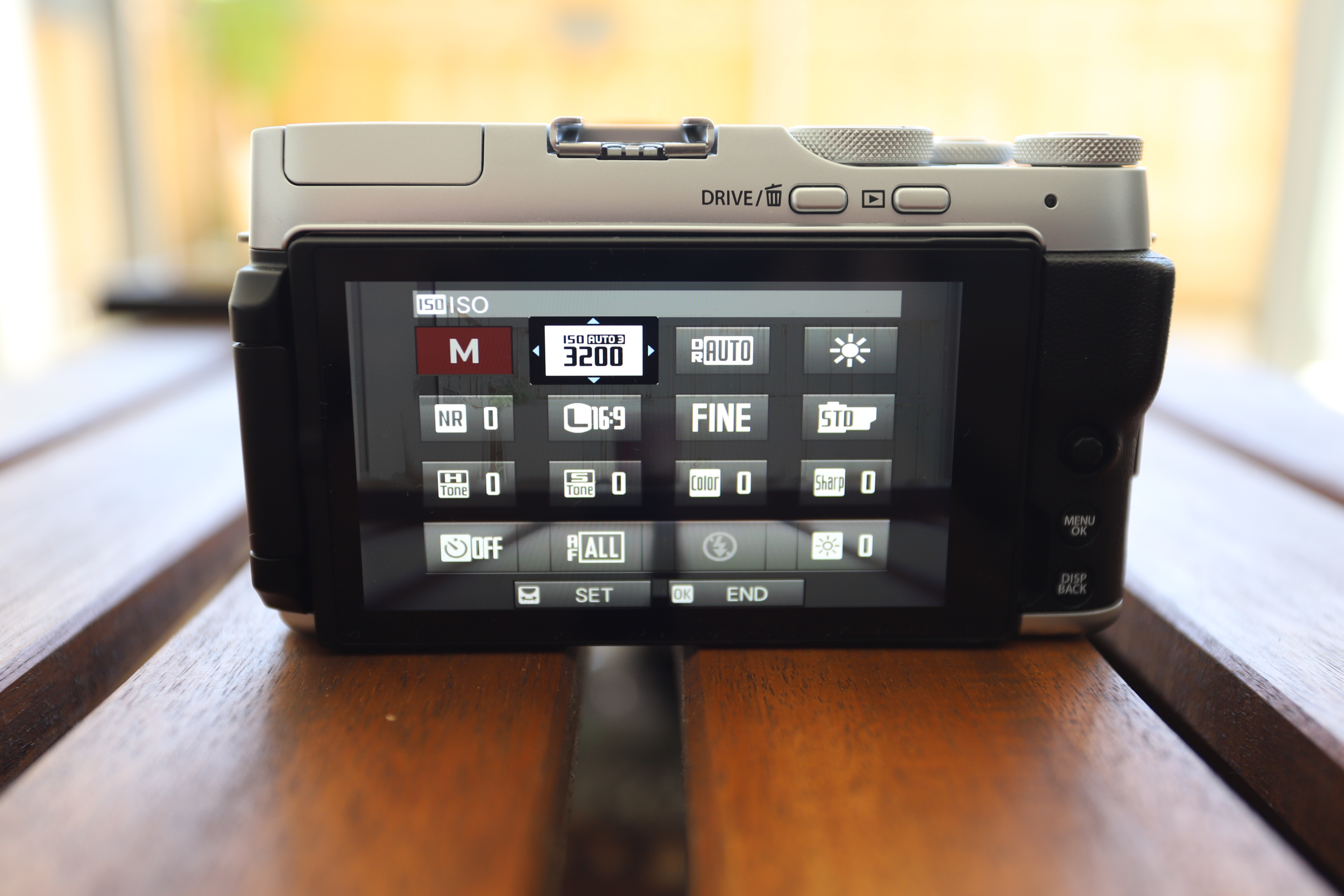
What the Smart Menu does really well, though, is offer a preview of the various Film Simulation modes, where a slider shows the before and after effects of each. There’s even a depth controller on the Smart Menu that allows you to blur the background of an image when framing if you don’t know what kind of aperture works best. While the concept is brilliant, the results won’t be very good when using kit lenses as they have limited aperture ranges. For some truly excellent depth of field effects, it’s best to use a prime lens.
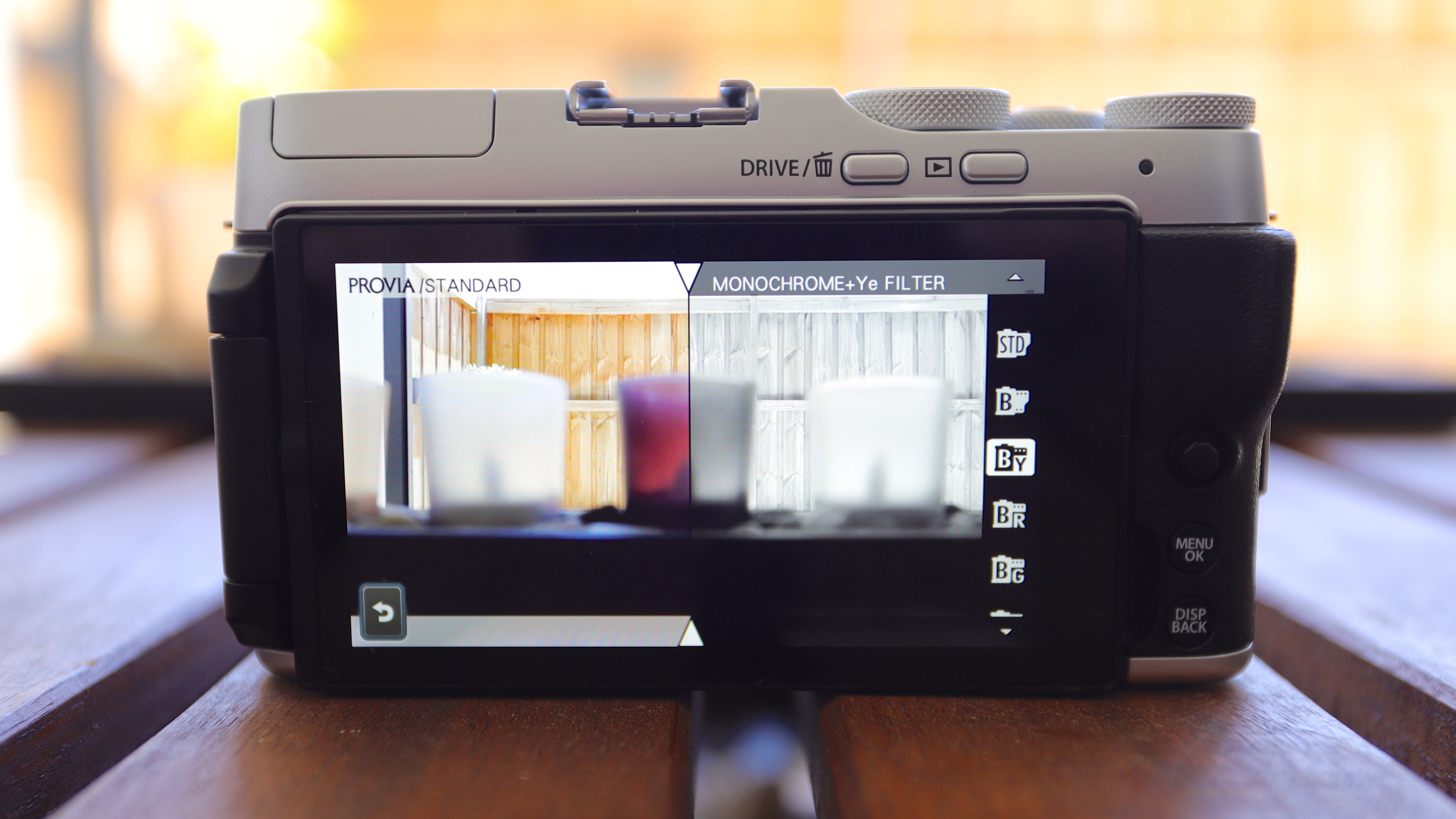
If you’re not happy with the touch controls, the X-A7 allows you to easily bypass that with the two control dials on the top shoulder. The dial around the shutter button can be used to change the shutter speed, while the aperture can be controlled by the rightmost dial. Both of them are easy to operate, being perfectly situated within reach of the forefinger and thumb, respectively.
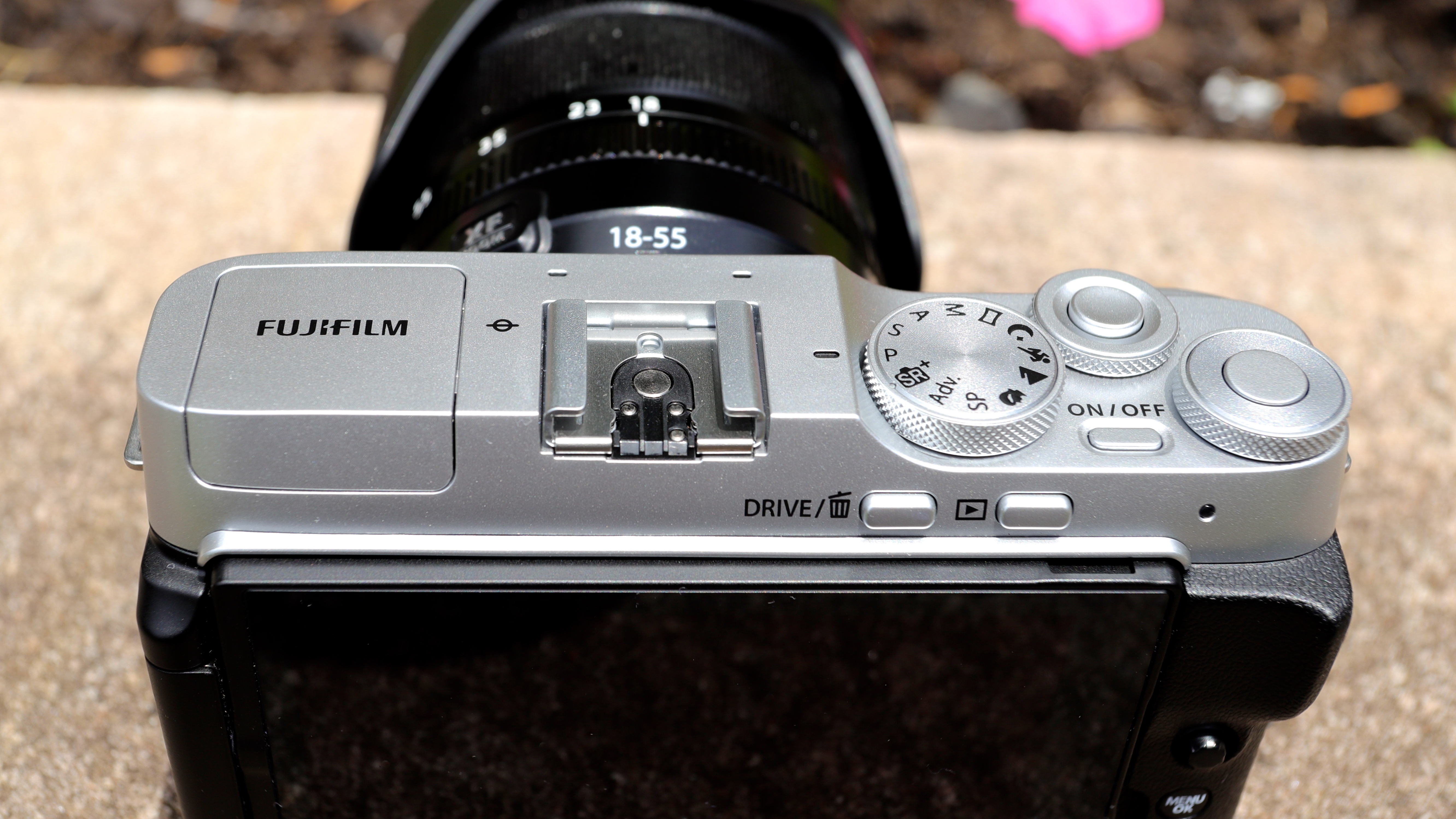
Like the X-A5, there’s no viewfinder here either, which may not appeal to more serious photographers, but this camera isn’t meant for them, unless they’re after a backup which they can carry around without adding too much weight to their existing kit. The pop-up flash makes its comeback, which can be opened up using a small button on the left side of the camera.

While she's happiest with a camera in her hand, Sharmishta's main priority is being TechRadar's APAC Managing Editor, looking after the day-to-day functioning of the Australian, New Zealand and Singapore editions of the site, steering everything from news and reviews to ecommerce content like deals and coupon codes. While she loves reviewing cameras and lenses when she can, she's also an avid reader and has become quite the expert on ereaders and E Ink writing tablets, having appeared on Singaporean radio to talk about these underrated devices. Other than her duties at TechRadar, she's also the Managing Editor of the Australian edition of Digital Camera World, and writes for Tom's Guide and T3.
